|
2/12/2017 Catalina Island, California After three and half days of diving and living on Catalina Island, we were finally ready to start wrapping things up. The weather finally cleared and on Sunday morning we greeted by bright, beautiful sunshine. Although we had accomplished quite a lot over the weekend, we had one last experiment to conduct before we could pull the chambers and break down our gear. While the dissolved oxygen sensors left inside the chambers gives us an understanding of what the community of algae is doing over a 24-hour cycle, Genoa also needs to know what the individual species are contributing. And by contributing, I mean how much oxygen they can produce via photosynthesis versus how much they can consume via respiration. In other words, what is going on during the day (photosynthesis) and what’s going on at night (respiration). Just like our own cells, plants and algae also respire, consuming oxygen as a form of cellular metabolism.
0 Comments
Leave a Reply. |
AuthorPike Spector is currently a Research Operations Specialist with Channel Islands National Marine Sanctuary Archives
August 2022
Categories |
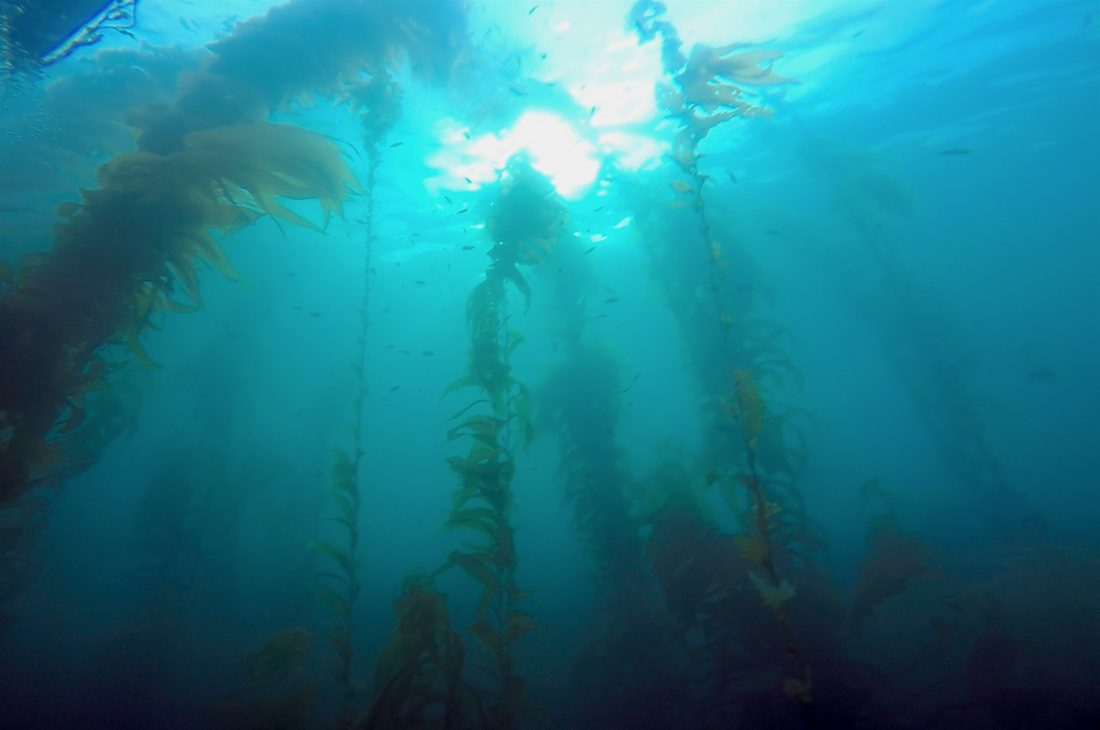
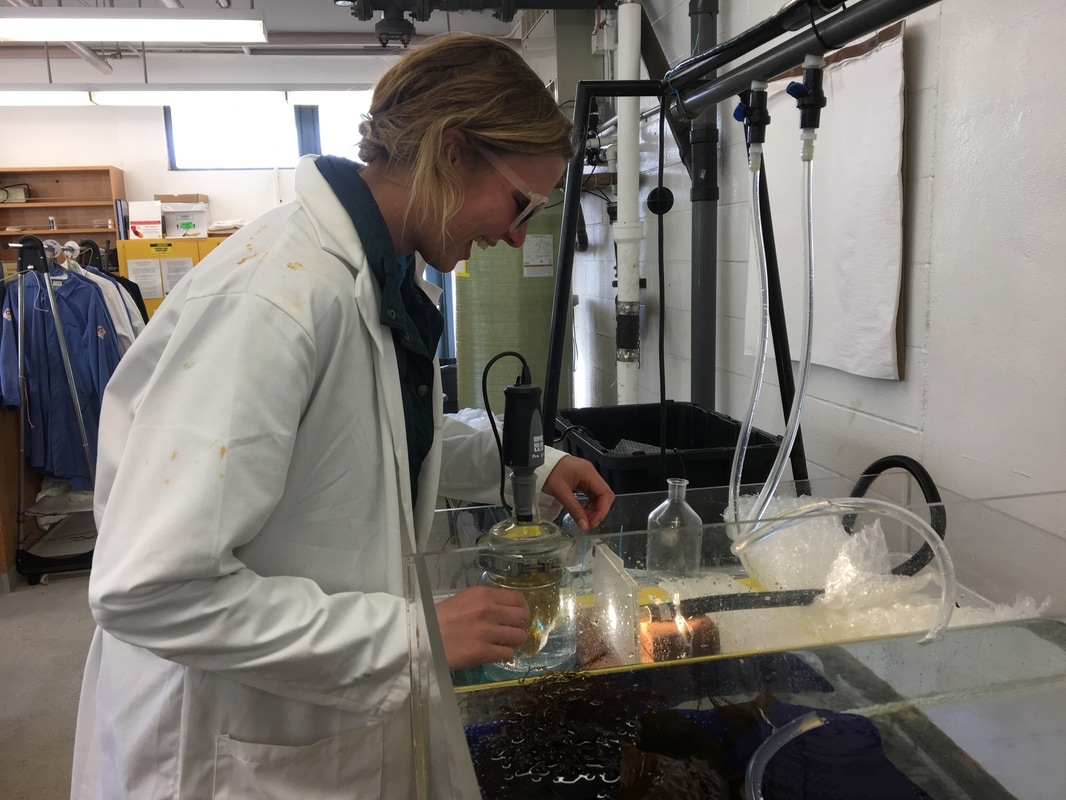
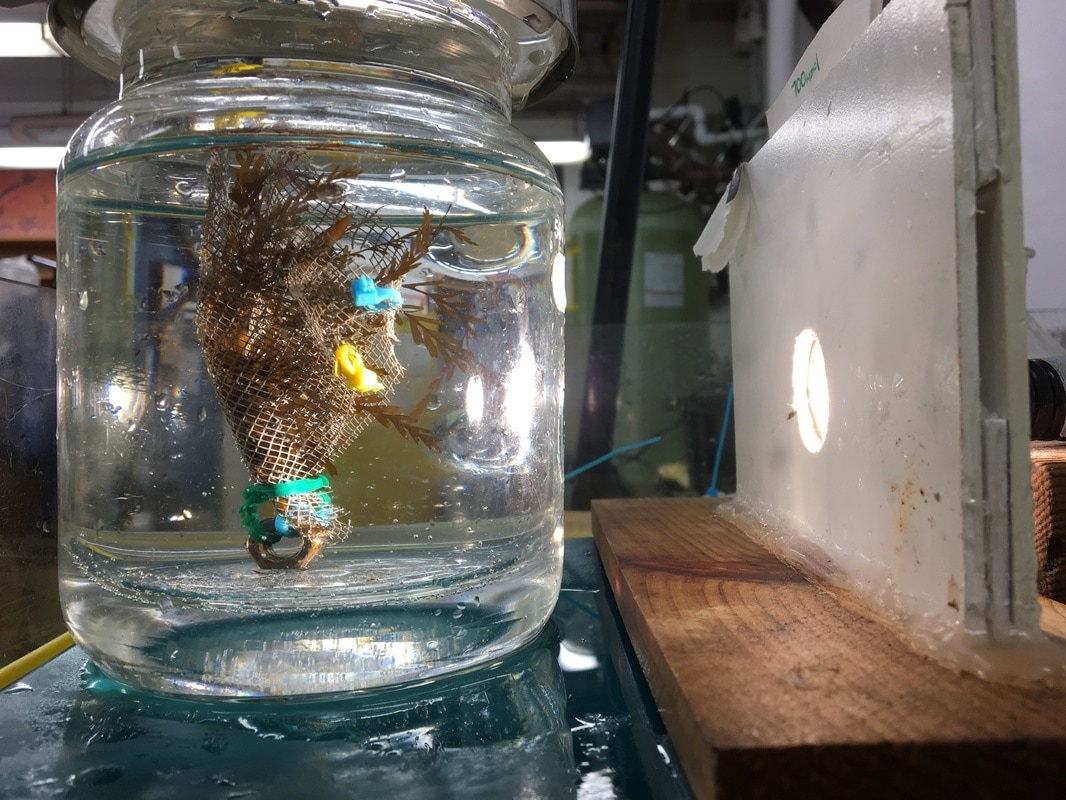
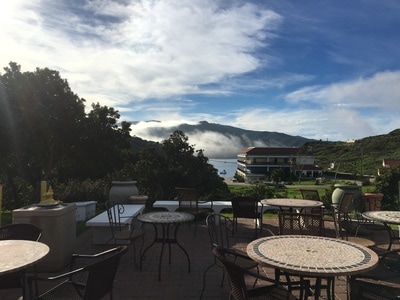
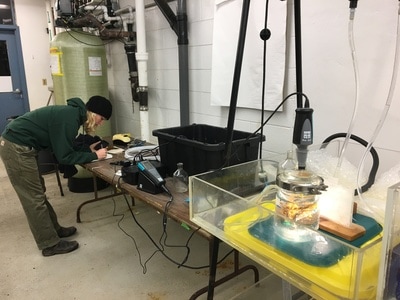
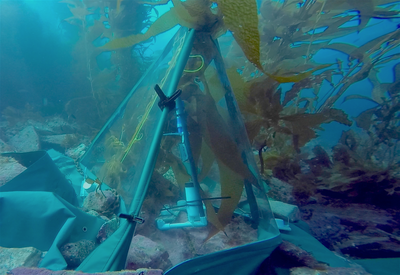
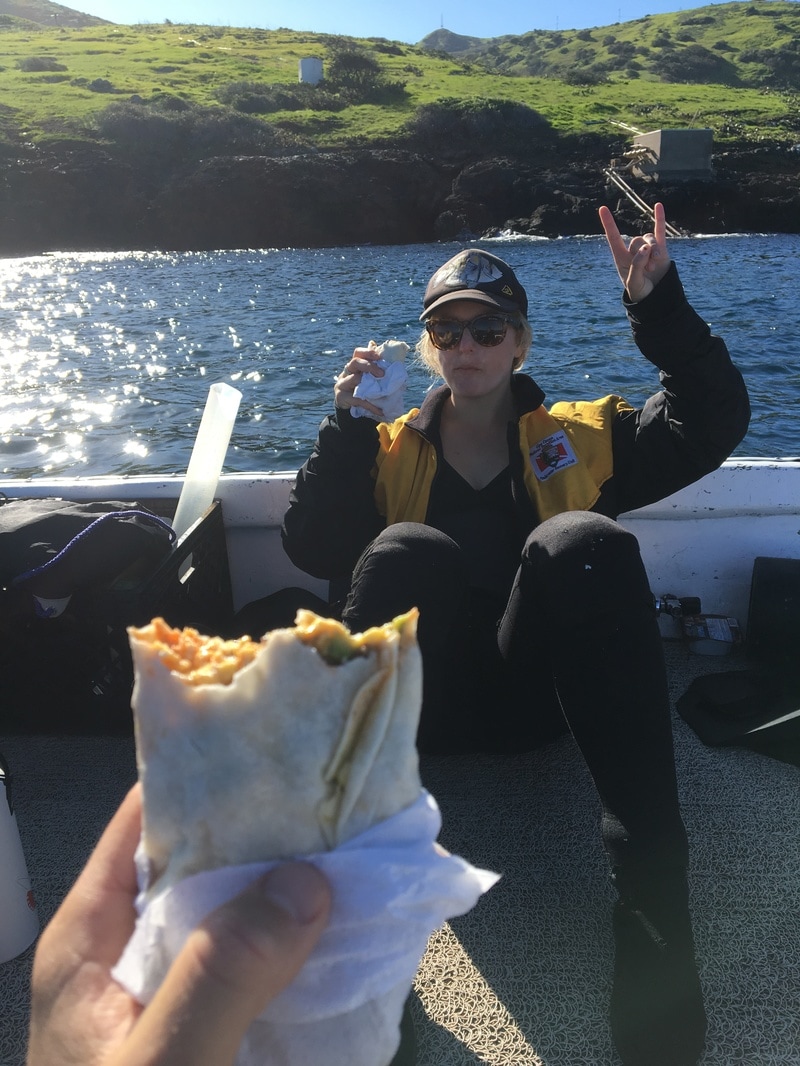
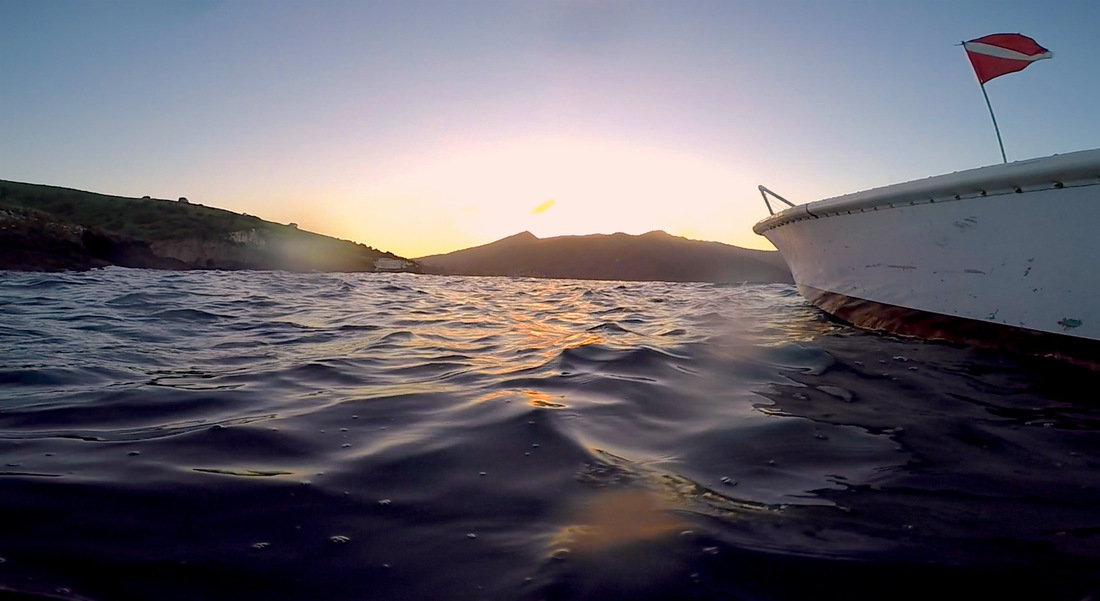
 RSS Feed
RSS Feed
